The City of Gardena has adopted a Master Tree Plan for all streets within the City based on a study of local conditions designed to fit the special street and tree factors involved. If the parkway in front of your residence is between three (3) and five (5) feet wide between the sidewalk and curb, you can contact staff at the Park Maintenance Division to determine the appropriate tree for your street. A few sample trees are displayed in the following photos:
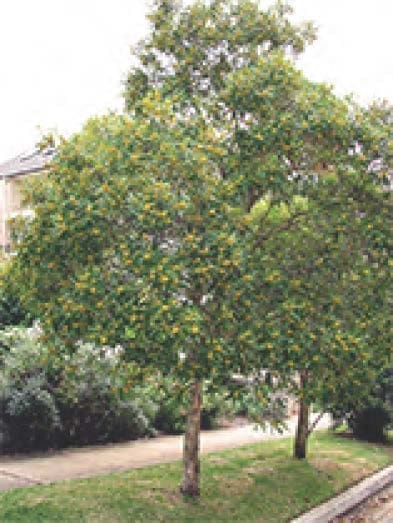
Water Gum Tree
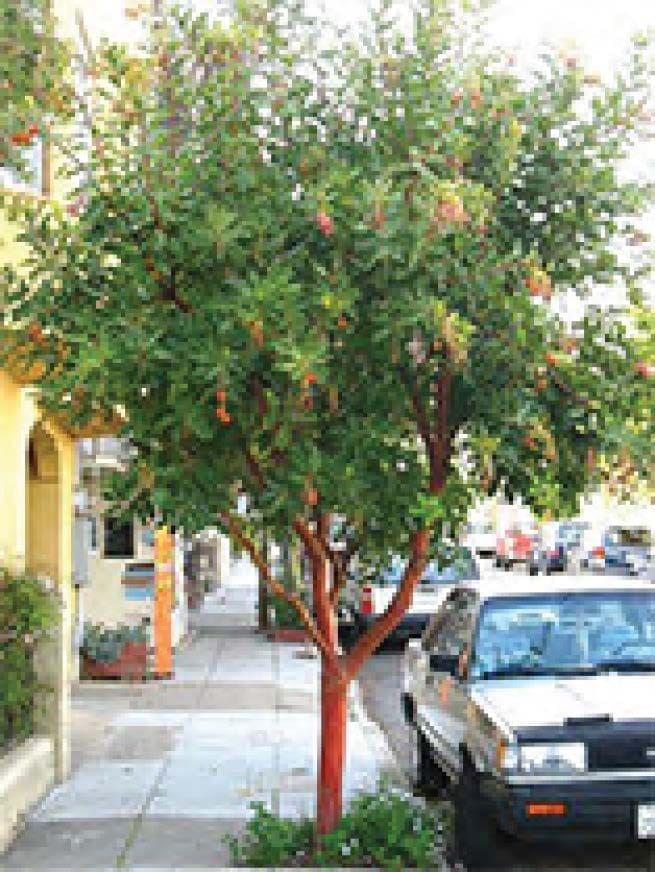
Strawberry Tree
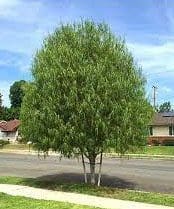
Australian Willow Tree
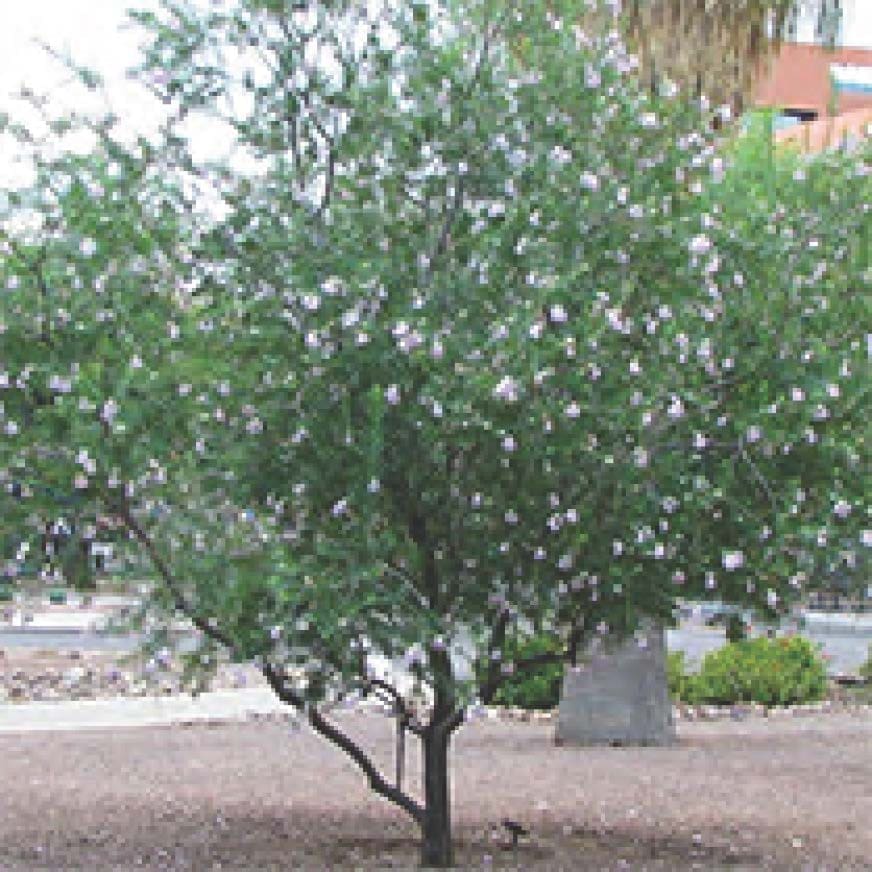
Desert Willow Tree
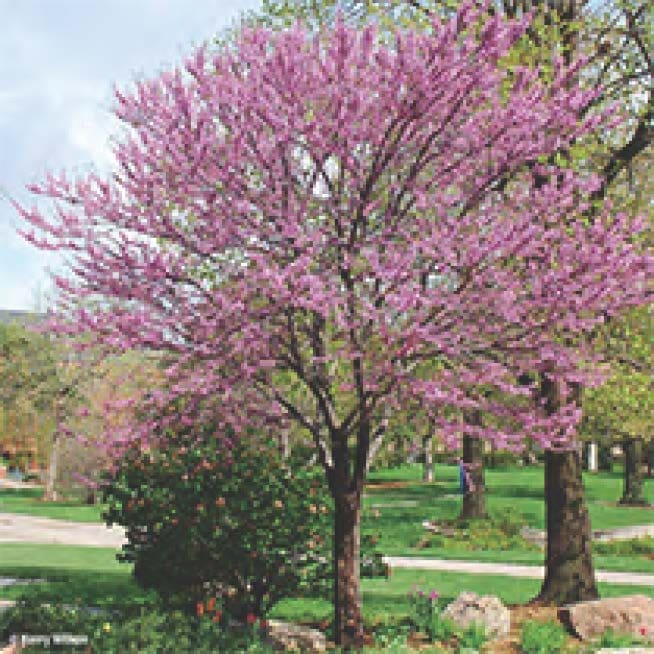
Eastern Redbud Tree

Bradford Pear Tree
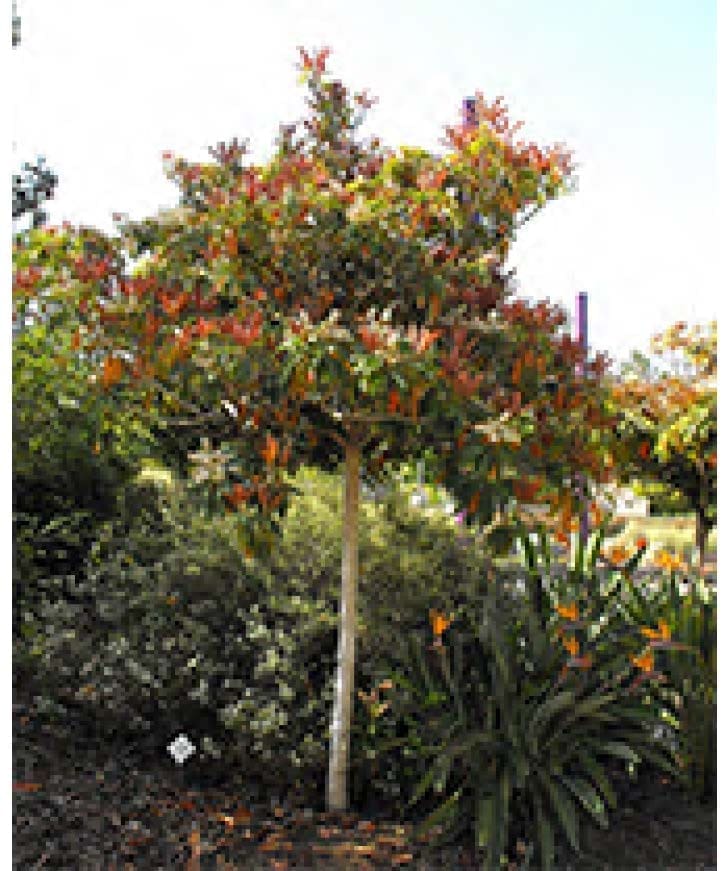
Bronze Loquat Tree
In accordance with the City of Gardena’s Ordinance No. 1675, it is the general policy of the City of Gardena to replace each City tree that was removed due to various circumstances such as dead, dying, or diseased trees. In addition, trees with severed or unsafe anchoring roots, or trees that cause actual or even potential damage to City infrastructure including streets, sidewalks, curbs, and utilities may be removed and replaced.
In addition, the Parks Maintenance Division can also offer you a number of suggestions for plants, hedges and vines if you are planning to cover or landscape near a wall to serve as a graffiti deterrent.
City of Gardena Tree Replacement Policy
However, under certain circumstances the replacement of City trees may not occur. Such circumstances may include conditions with spacing constraints. Parkways that are narrower than four feet in width will not allow for the adequate room needed for the proper growth and spread of City trees. This may also create a situation where future damage to City sidewalks and curbs will likely occur. There are also parkway locations with more than one pre-existing City trees. There will be no requirement for the replacement of a City tree within a fifty foot parkway where one or more trees currently exist. Additionally, parkways with pre-existing utilities and public improvements such as street lights, power poles, electrical boxes, water meters, fire hydrants, etc. may prevent the replacement of City trees. The decision not to replace a removed City tree must be approved by the Public Works Director or his designee.
City trees that were removed according to any of the above conditions will be, upon their removal, first reduced to a “flush-cut” state that will leave the remaining stump as low as possible to the surrounding soil level. Thereafter, the remaining stump will be placed on the ongoing Ready to Grind (RTG) list in order to schedule the comlete removal of the stump at the earlist possible date. Stump removals will be scheduled as soon as the Ready to Grind list has accumulated enough work for City staff to complete a single work shift in order to maximize productivity within the department.
After each stump removal has been completed, it will be added to another list known as the Ready to Plant (RTP) list. The replacement schedule for the Ready to Plant list will be based on several factors including:
- Season – Fall is generally considered the ideal time of the year for the planting and establishment of most trees species. Most newly planted trees will adapt better to their new environment if they are planted during this typically cooler time of the year. These young trees will also take advantage of the winter rains and respond better with new growth during the spring time than trees planted during the summer months.
- Availability – Nursery suppliers generally stock up on plant materials in anticipation of the fall planting season.
- Park maintenance duties – The time needed to plant City trees must also be coordinated with other division tasks such as park maintenance and/or various City functions.

